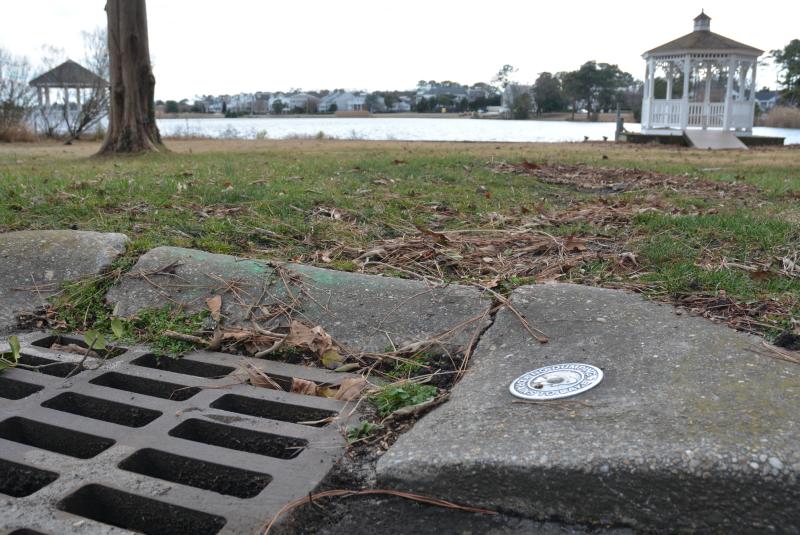Stormwater utility report ready for Rehoboth commissioners
After nearly a year of work, the Rehoboth Beach Stormwater Utility Task Force has all but sent its recommendations to city commissioners.
The task force began work last April. Soon after, a consensus was reached that a utility is needed to deal with stormwater infrastructure issues.
According to a chart presented during a task force meeting in November, beginning in 2023, the city has about $5.6 million worth of capital expenses over the next four years, including the design and construction of a stormwater basin in the area of Kent, Cookman and Sussex streets that has an estimated price of $1.4 million, and stormwater improvements on Bayard Avenue that are expected to cost about $1 million. There’s also an average of about $670,000 per year in operations and maintenance during that time frame.
During a meeting Feb. 14, task force members and engineer Christine Estes, who works for the city’s consultant AECOM, went through the report.
The document recommends a funding method called stormwater billing units. It’s based on a set impervious surface size, which is 500 square feet in all three scenarios. That set number is then divided into the total square footage of impervious space on a lot to get the number of units per property. That number of units is then multiplied by the unit rate to get the annual bill. The unit rate differs in all three scenarios because of what the utility would fund.
Estes reviewed three different rates using SWBUs.
The first rate includes 100% of capital improvements and operations and maintenance. The unit rate was set at $71. Under that scenario, beginning in fiscal year 2025, which starts April 1, 2024, the annual cost for a typical single-family residential property with 3,000 square feet of impervious surface would be about $420 annually. There’s a five-year outlook that includes a 5% escalator, which means by FY29, the cost would be $515. The city would charge itself about $32,000 the first year.
The second fee rate would also be for all capital improvements and operations, but there would be a 39% reduction to account for city and state roads. That 39% would be funded out of the city’s general fund. Under this scenario, the unit rate is set at $42 and the annual cost for a typical single-family residential property would be about $250 the first year. Under this option, the city’s bill would be about $430,000 the first year.
The third fee rate only accounts for operations and management. Under this scenario, the unit rate is $37 the first year and the annual cost for a typical single-family residential property would be about $225 the first year.
In all three scenarios, the recommendation for non-residential, commercial buildings, churches and nonprofits is to base the fees on the number of SBWUs for each property, the same way the fees will be calculated for single-family residential properties.
Task force member Jan Konesy said the report needs to make reference to the completion of a stormwater management plan that also includes Silver Lake and Lake Gerar. The lakes are a part of the stormwater system, she said.
Commissioner Jay Lagree, task force chair, agreed, saying the commissioners would have a year to get the management plan in place before the utility fee is implemented.
As proposed, there is an appeals process if a property owner would like to challenge the fee.
Estes said the expectation is that the city would add the new utility charge to the existing water bill.
There was talk among task force members that the city should try to find alternative funding opportunities, such as loans or grants, but the group did not do that work. They recommend city staff explore those avenues.
It’s not exactly clear when the report will be presented to commissioners, but it’s not expected to be before early April. Lagree said he thinks a special meeting will be scheduled.


















































